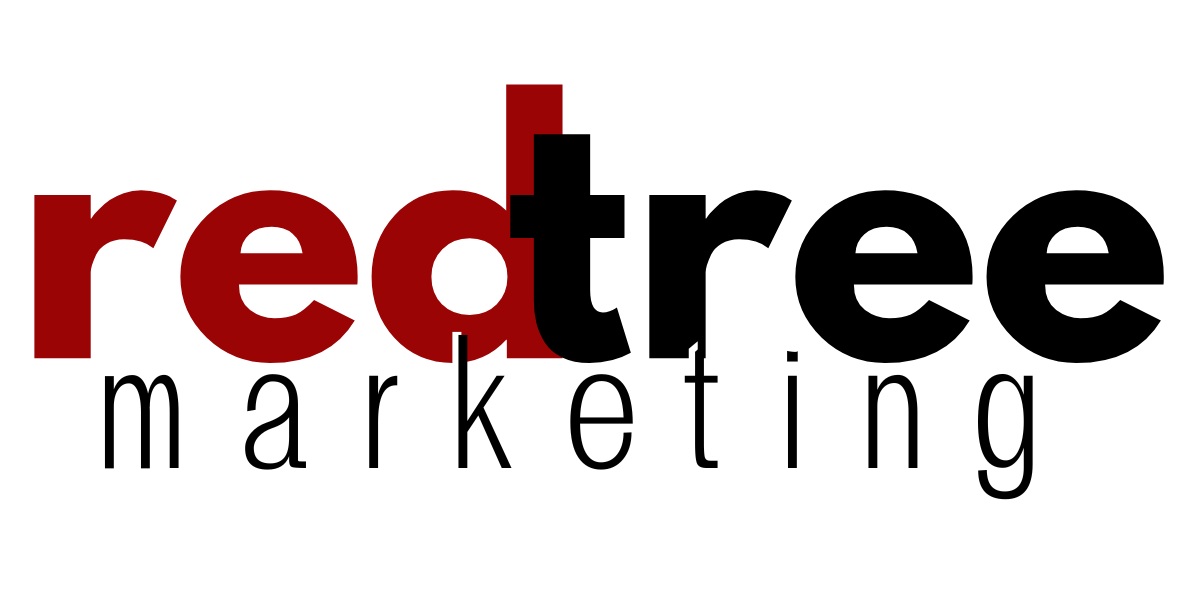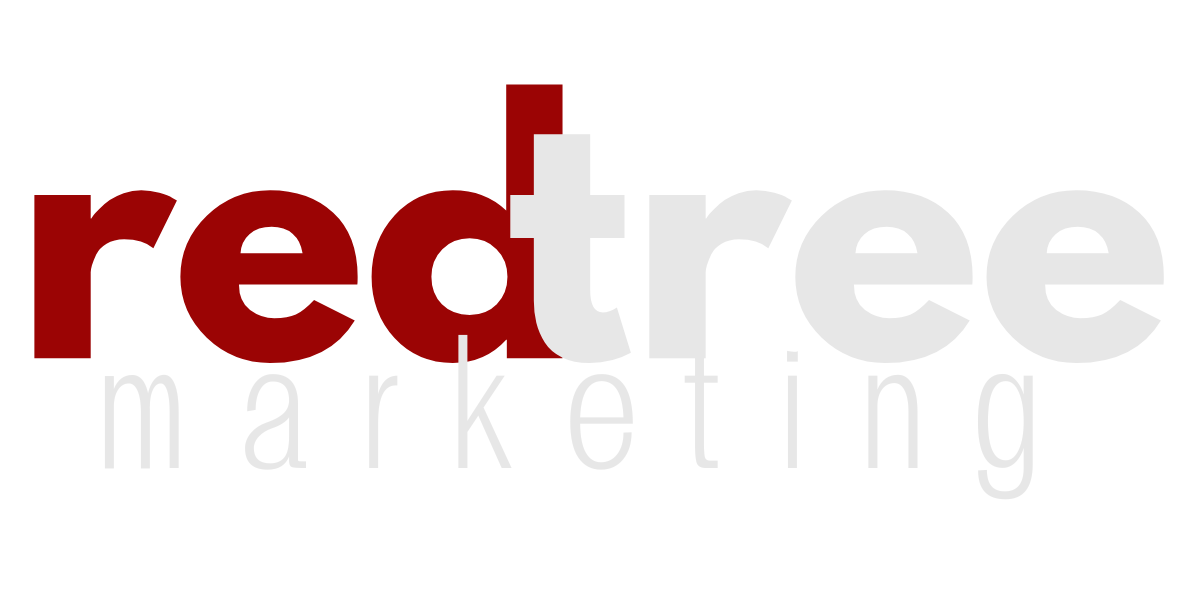
When it comes to marketing your business on a budget, your website is one of the most powerful and cost-effective tools in your arsenal. While it’s not technically free, it’s still one of the best investments you can make when trying to grow your brand without breaking the bank. What Does a Website Really Cost? Let’s clear up a common misconception right out of the gate—your website isn’t free. Yes, there are free website platforms out there, but we don’t recommend them for most businesses. Free platforms come with limitations that can hinder your credibility, flexibility, and growth potential. A professional website typically costs anywhere from $30–$120/month to cover essential hosting and security fees. If you want more advanced features or integrations, that monthly cost might go up a bit—but it’s still a bargain considering what you’re getting. Where the Real Value Comes From: SEO Here’s where your website becomes a marketing machine: Search Engine Optimization (SEO). When done right, SEO helps Google and other search engines understand exactly what your business does, which services you offer, and how to connect you with the right audience. It’s not just about having a pretty website—it’s about making sure people can find it. DIY or Hire a Pro? If you’re tech-savvy and don’t mind rolling up your sleeves, there are plenty of online resources to help you build and optimize your website on your own. With a little time and a lot of research, it’s totally possible to manage it yourself. But if your time is better spent running your business (and let’s be honest, it probably is), hiring a marketing professional can take that stress off your plate. With experts handling your website and SEO, you can focus on what you do best—while knowing that your online presence is working hard behind the scenes to bring in leads, build credibility, and grow your revenue. The Takeaway A strong website isn’t free—but it doesn’t have to be expensive, either. With a modest investment, your website can become your 24/7 sales rep, helping you grow your business without ongoing ad spend. Whether you go DIY or team up with a professional, the key is making sure your site is built to perform.
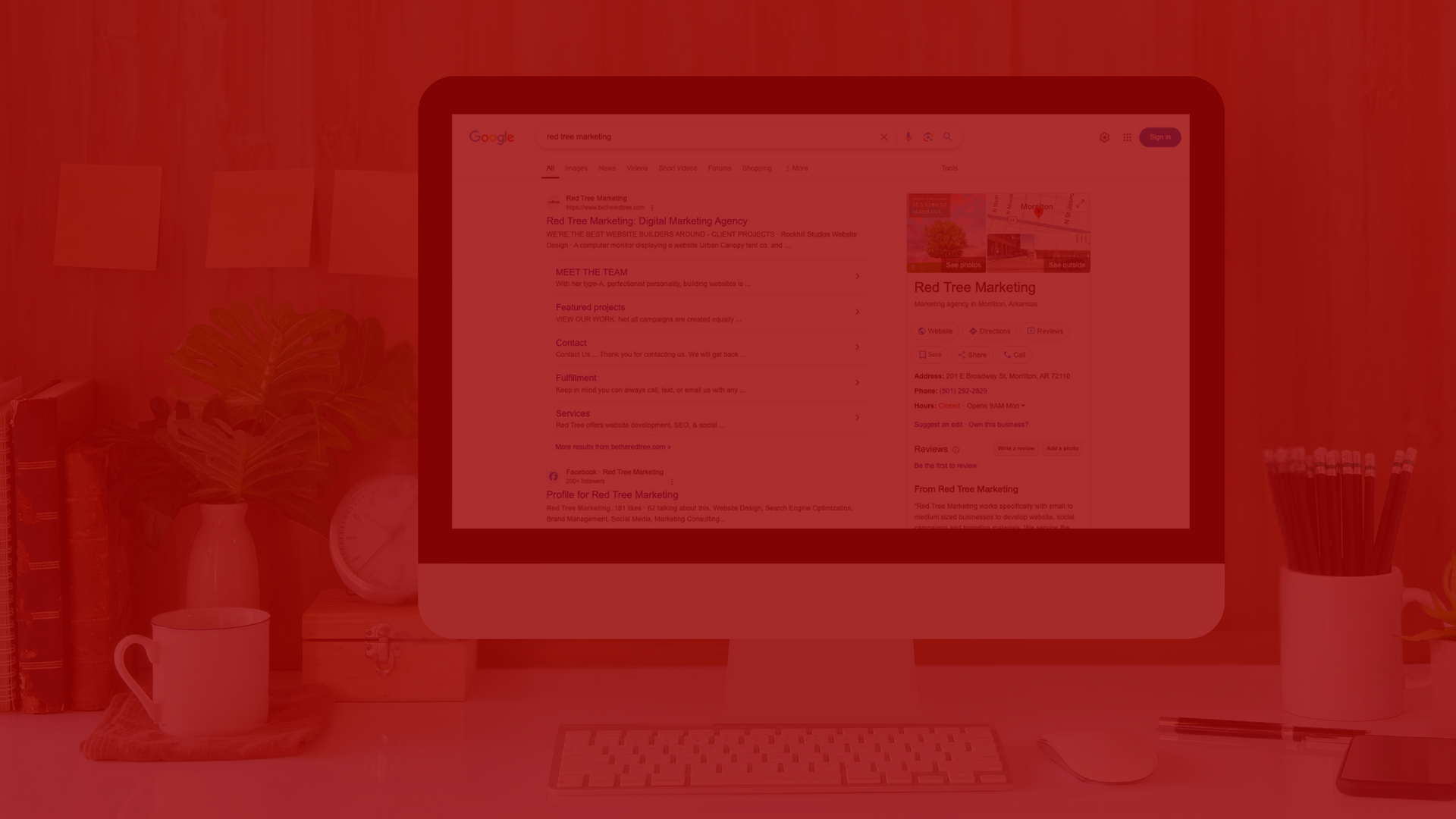
When it comes to cost-effective marketing, Google My Business (GMB) is a tool you can’t afford to ignore—especially since it’s completely free. It’s the digital front door to your business, making it easy for customers to find you, learn about your services, and even contact you instantly. The best part? It doesn’t take much effort to set up or maintain. But if you don’t claim or optimize your listing, you could be missing out on potential customers. Our Business Might Already Be Listed—But That’s Not Enough. If you’ve never set up a Google My Business profile, there’s a good chance Google has already created one for you (thanks to bots and satellites). The problem? These auto-generated listings aren’t always accurate. They might list an old address, incorrect hours, or even a phone number you no longer use. Claiming your listing ensures that when customers search for your services, they get the right information. Don’t Have a Physical Store? You Still Need a Listing! Many business owners assume GMB is only for brick-and-mortar locations, but that’s not true. If you run a service-based business, work remotely, or travel to clients, you can still create a listing—without making your personal address public. Google allows you to set up a “service area business,” so customers can still find you when searching for your services in your area. This is perfect for consultants, home-based businesses, mobile services, and freelancers. How to Make Your GMB Listing Work for You. Simply having a listing isn’t enough. To get the most out of it, follow these steps : Claim or Create Your Listing – Go to google.com/business and either claim an existing listing or create a new one. Check Your Business Details – Ensure your hours, contact info, and services are correct. Customers won’t stick around if they can’t reach you. Upload High-Quality Photos – A business with photos gets more engagement. Show off your space, products, or services. Encourage and Respond to Reviews – Reviews help build trust. Ask satisfied customers to leave feedback and always respond—whether the review is glowing or not. The Bottom Line. Google My Business is a free, easy-to-use tool that increases your visibility, helps you connect with customers, and builds credibility— all without spending a dime . Whether you have a physical location or work remotely, taking the time to optimize your listing is a no-brainer.

If you’re a business owner, you already know that social media isn’t just an option—it’s a necessity. But what if your marketing budget is tight (or nonexistent)? The good news is that you can still have a strong social media presence without spending a dime. Here’s how to do it the smart way. Know Your Target Audience Before diving into social media, figure out who you’re talking to . Are you selling trendy clothing? Instagram and Facebook will be your best friends. Are you running a law firm or consulting business? Facebook, Instagram, and LinkedIn should be part of your strategy. Have a highly visual brand, like home decor or food? Facebook, Instagram, and Pinterest can work wonders. While different industries shine on different platforms, at a minimum, you should have a profile on major social media sites. Even if you’re not posting every day, having an active profile ensures customers can find you when they search for your business. Post Regularly (But Work Smarter, Not Harder) The golden rule? Post 2-5 times a week. This keeps your brand visible without overwhelming your audience. But instead of scrambling for last-minute content, plan your posts in advance. A simple content calendar can save time and keep your posts consistent. Boost Engagement Without Paying for Ads Even if you don’t spend a dime, you can still increase visibility with these simple tricks: Use hashtags strategically – Research trending hashtags in your industry. Engage with your audience – Reply to comments, DMs, and mentions. Encourage user-generated content – Repost customer photos & testimonials. Post when your audience is active – Check your insights for the best times. Experiment with New Platforms Facebook and Instagram are must-haves but don’t ignore emerging platforms if they align with your brand. TikTok and Snapchat can work if your audience skews younger and your product or service is right. LinkedIn is great for B2B networking. Pinterest can drive massive traffic for creative industries. The key? Start small, test what works, and expand from there. Final Thoughts Social media marketing doesn’t have to be expensive. By knowing your audience and planning your content you can build an impactful online presence without spending a cent . The key is consistency—stay active, engage with your followers, and let your brand’s personality shine through.

Have you ever landed on a website only to be greeted with a warning that screams, “Your connection is not private!” or “This site is not secure!”? If so, chances are you hit the back button faster than you can say “cybersecurity.” And who could blame you? The idea of having your personal information stolen—just because you were trying to hire a handyman to fix the hole your dog chewed in the wall or searching for the perfect pair of jeans—is downright terrifying. No one wants their search history, payment details, or personal data exposed. Unfortunately, it’s all too easy for this to happen when businesses fail to secure their websites properly. If you’re a business owner with an unsecured website, don’t panic just yet. You can take action to protect both your site and your visitors—and it all starts with an SSL certificate. What Is an SSL Certificate and Why Does It Matter? When you visit a website, take a look at the address bar. You might notice that the URL begins with either http or https. That extra “s” in https stands for Secure Socket Layer (SSL), and it makes a world of difference when it comes to online security. An SSL certificate is a digital file that verifies a website’s authenticity and encrypts the data exchanged between the site and the visitor’s browser. This encryption ensures that sensitive information—such as passwords, credit card numbers, and personal details—remains protected from hackers and cybercriminals. But security isn’t the only benefit of having an SSL certificate. It also boosts credibility, reassures visitors that your site is safe, and even improves your SEO ranking —because search engines like Google prioritize secure websites in search results. In other words, not having an SSL certificate can cost you traffic, trust, and potential customers. How to Secure Your Website with SSL The good news? Adding an SSL certificate to your website is easier than ever. Most website platforms offer SSL integration with just a few clicks. In many cases, SSL certificates are even included with your hosting plan. If your hosting provider doesn’t offer one, you can purchase an SSL certificate from a reputable provider like Let’s Encrypt, DigiCert, or GlobalSign. Final Thoughts Website security is not just about protecting your business—it’s about protecting your visitors, their data, and your brand’s reputation. If you haven’t secured your website yet, now is the time to act. Start by adding an SSL certificate to create a safe browsing experience for everyone. Because when it comes to cybersecurity, there’s one rule you should always follow: better safe than sorry.
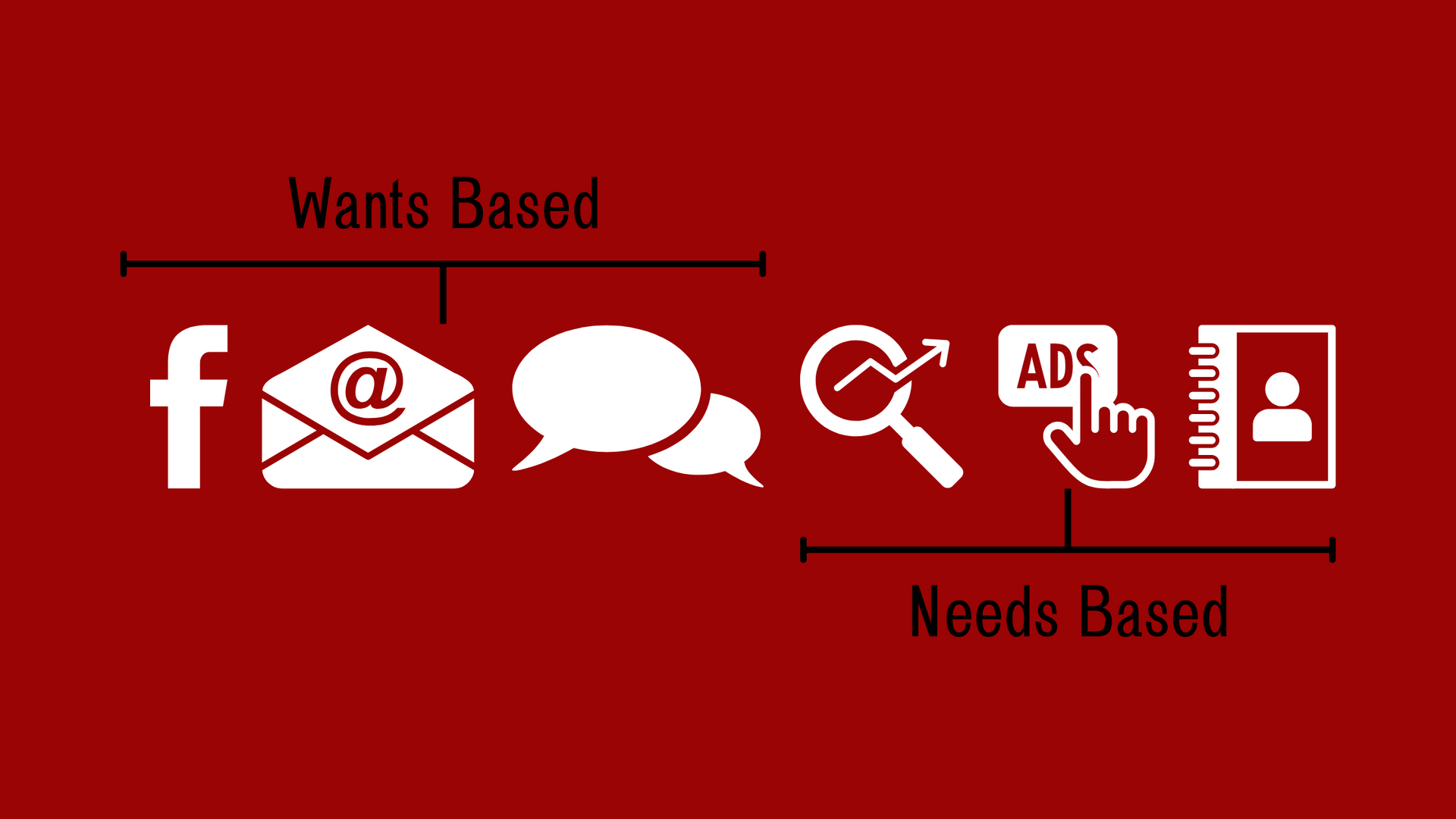
Did you know that digital marketing strategies differ between industries? While many industries may use similar platforms, it’s crucial to determine whether your business is wants-based or needs-based before diving in. Ask yourself, “Are my products or services based on wants or needs?” For example, selling furniture, desserts, or clothing falls into the wants-based category, while services like roofing, plumbing, or auto repair are classified as needs-based. Understanding your business type is essential for developing an effective marketing plan. Wants-Based Businesses For wants-based businesses, effective marketing tactics include social media, email targeting, and text message targeting . These approaches yield the best results when coupled with the right creative content, timing, and audience targeting. Investing time in research and planning will significantly enhance your company’s marketing strategy. Needs-Based Businesses If you operate a needs-based business, your customers are likely already searching for your services on Google. Your goal is simply to be present in relevant searches. There are several effective methods to achieve this: 1. Search Engine Optimization (SEO): Ensure that your website is well-organized and displays all the services and products you offer. 2. Google Ads: Utilize Google Ads to elevate your online presence and outpace your competitors. 3. Directories: Verify that your contact information and operational hours are accurate online. It’s also essential to claim your business online to establish ownership. Regardless of whether your business is wants-based or needs-based, incorporating elements of creativity, branding, and direct marketing can be beneficial. Aim for visibility across multiple platforms, but prioritize the platforms that are most appropriate for your industry.
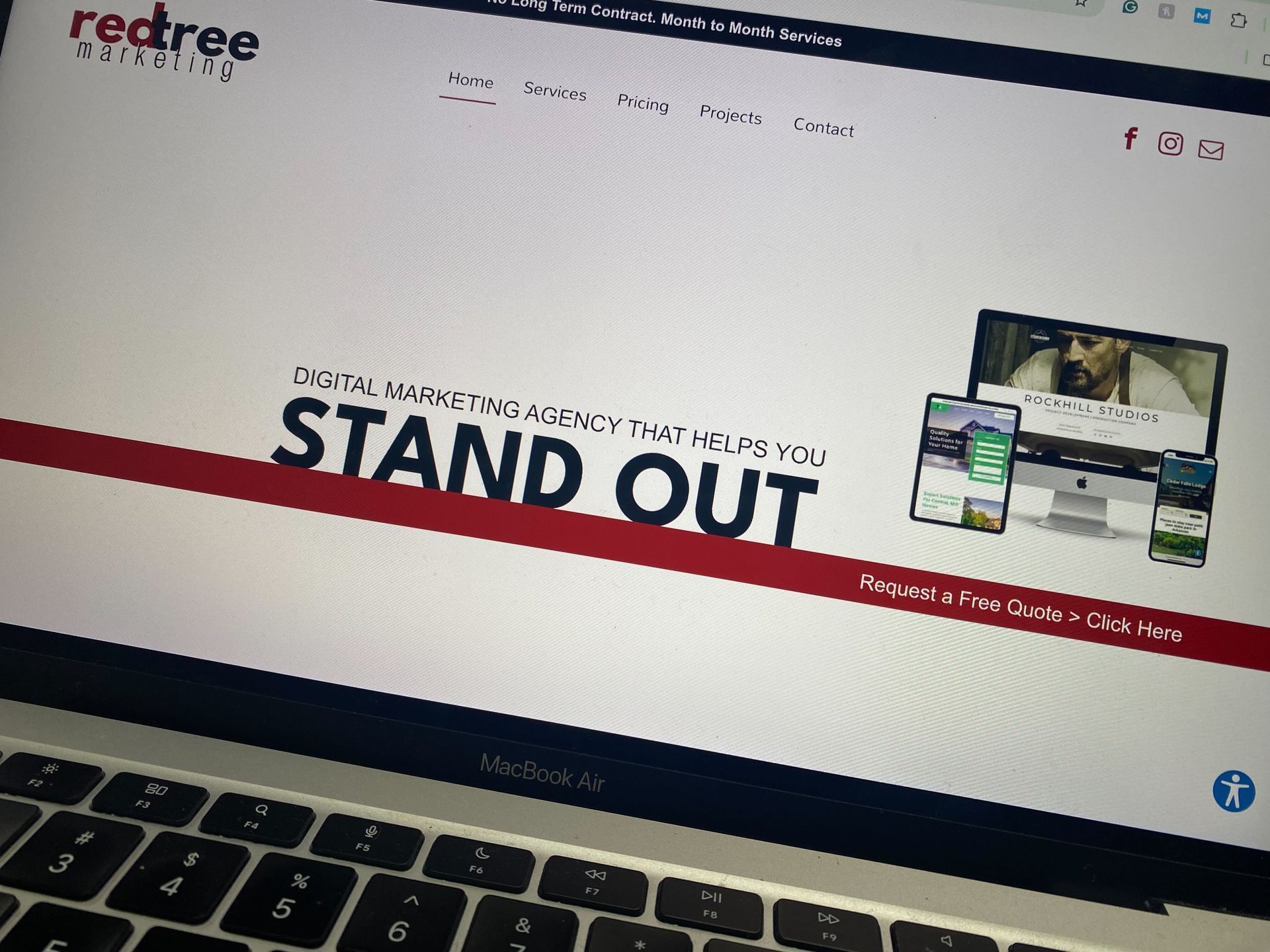
You need a website. We're not just saying that because we can create one for you—having a website can significantly enhance your company’s brand and outreach, while also making your life a bit easier! Here are five compelling reasons why you absolutely need a website: 1. Adds Credibility to Your Business In today's digital age, most people turn to the internet for information, whether they're searching for a restaurant or a plumber. For many potential customers, the absence of a website raises red flags. Studies show that 58% of consumers would not do business with a company that lacks a website. T hat’s over half of your potential customers! If you're looking to enhance your brand and improve your company’s credibility, a website is the solution you’ve been looking for. 2. Saves You Time A website can help save you time in your busy schedule. Without one, a significant portion of your work week may be spent on prospecting, advertising, and promoting your business through word of mouth. While personal outreach is still important, a website can make these tasks less time consuming, allowing you to be more productive . It can provide detailed information about your services to potential customers, who can then reach out to you already informed about what you offer. 3. Grows Your Client Base Many businesses mistakenly believe that having a social media presence is sufficient for promotion. In reality, social media alone is not enough . It should serve as a tool for engaging with existing customers and reaching their friends. A website, on the other hand, can attract new clients who are searching for your services on Google. To effectively grow your client base, a website is essential. Don't settle—expand your outreach and let new customers discover you! 4. Control Your Online Presence Managing your online presence is more crucial than ever. With a website, you maintain control over how your business is represented. Relying solely on word of mouth leaves you powerless over what people say about you and which services are highlighted. With a website, you can choose precisely which services to promote and what information you want your customers to see. A website gives your company a voice. 5. Cost-Effective Although the initial investment for a website may seem high, it proves to be more cost-effective in the long run. Consider this: word of mouth and social media can be time-consuming. A well-designed website allows consumers to find you organically , doing much of the marketing work for you once it's up and running. Additionally, when you're ready to promote your business through Google or social media ads, an optimized website can help reduce advertising costs. Investing in a website is not just a step toward modernity; it’s a vital strategy for establishing credibility, saving time, expanding your client base, controlling your online presence, and achieving long-term cost-effectiveness. So, have we convinced you yet?
